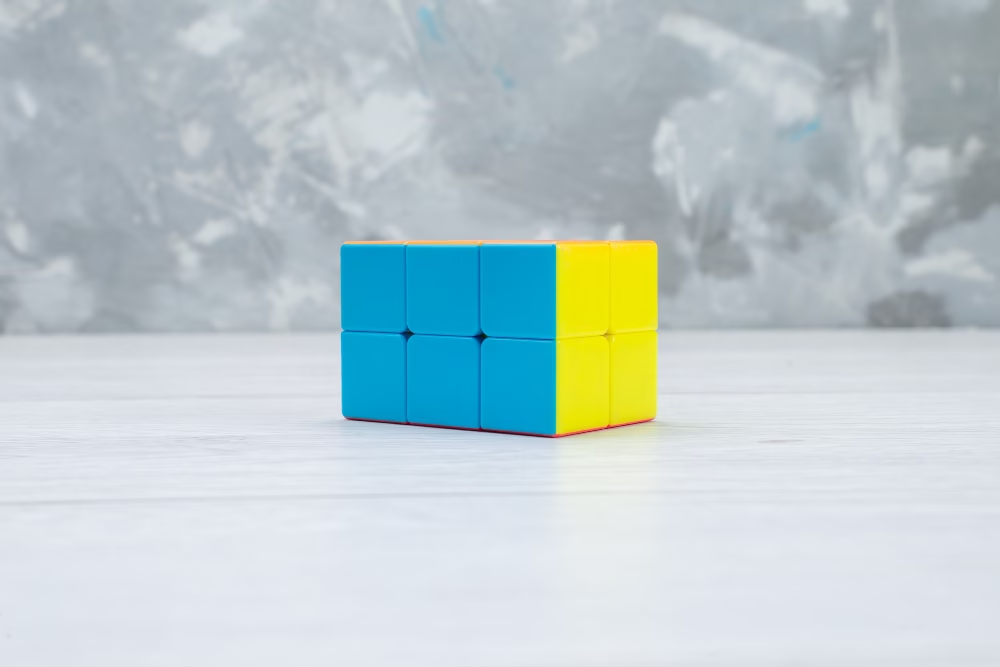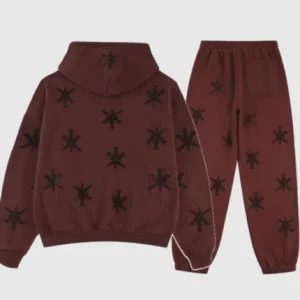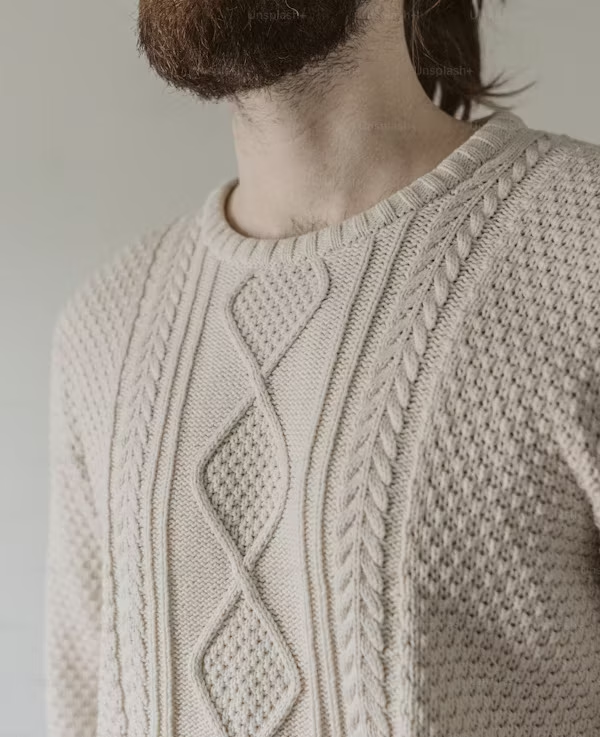The Rubik’s Cube is more than just a colorful puzzle; it’s an icon of curiosity, intelligence, and creativity. Whether you’re a speedcuber solving it in seconds or someone still trying to complete one side, the Rubik’s Cube holds a certain allure that has captivated millions since its invention. Despite its global popularity, there are many fascinating facts about the Rubik’s Cube that remain unknown to most people. In this article, we’ll dive into 10 amazing facts about the Rubik’s Cube that will surprise even the most avid cube enthusiasts.
1. It Was Originally Called the “Magic Cube”
The Rubik’s Cube wasn’t always called by its current name. When Hungarian professor Ernő Rubik invented it in 1974, he initially called it the “Magic Cube.” It wasn’t until the puzzle was licensed to the Ideal Toy Corporation in 1980 that it was renamed the Rubik’s Cube in honor of its creator. Fun fact: Ernő Rubik invented the cube as a teaching tool to help his architecture students understand three-dimensional geometry.
2. It’s the World’s Best-Selling Puzzle
Since its launch, the Rubik’s Cube has sold over 450 million units, making it the world’s best-selling puzzle. Its popularity transcends age, culture, and geography, solidifying its status as a global phenomenon. Why it’s popular: The Rubik’s Cube appeals to people of all ages because it’s easy to learn but challenging to master.
3. There Are Over 43 Quintillion Possible Combinations
The Rubik’s Cube has 43,252,003,274,489,856,000 possible configurations. Despite this astronomical number, every configuration can be solved in 20 moves or fewer, a fact proven by mathematicians and computer algorithms. Known as “God’s Number”: The term “God’s Number” refers to the maximum number of moves required to solve the cube from any scrambled position.
4. The Fastest Solve Is Under 4 Seconds
Speedcubing, the sport of solving the Rubik’s Cube as quickly as possible, has grown immensely popular. The current world record for solving a standard 3×3 Rubik’s Cube is 3.47 seconds, set by Yusheng Du from China in 2018. How do they do it? Speedcubers use advanced solving techniques like CFOP (Cross, F2L, OLL, PLL) and practice for hours to achieve such incredible times.
5. There’s a Rubik’s Cube World Championship
The first official Rubik’s Cube World Championship was held in Budapest, Hungary, in 1982. Over the years, the competition has evolved to include various categories, such as one-handed solving, blindfolded solving, and even solving the cube with feet (although this category has been retired). Modern championships: Today, the World Cube Association (WCA) oversees global competitions, with thousands of participants from around the world.
6. A Robot Holds the Record for the Fastest Solve
Humans aren’t the only ones obsessed with the Rubik’s Cube. Robots have been programmed to solve the puzzle at lightning speed. The current record for the fastest robot solve is 0.38 seconds, achieved by a robot built by MIT students. How it works: These robots use cameras to analyze the cube’s configuration and algorithms to solve it in milliseconds.
7. It Has Inspired an Entire Subculture
The Rubik’s Cube has given rise to a thriving community of enthusiasts who share tips, compete, and even create art. From YouTube tutorials to forums and meetups, the Rubik’s Cube is more than a puzzle—it’s a lifestyle. Rubik’s Cube Art: Some artists use hundreds of cubes to create pixelated portraits of famous figures, turning the puzzle into a medium for creative expression.
8. There Are Many Variants of the Cube
The standard 3×3 Rubik’s Cube is just the beginning. Over the years, many variants have been created, including the 2×2 Mini Cube, 4×4 Rubik’s Revenge, and the massive 17×17 Cube. There are also shape-shifting cubes like the Pyraminx and Megaminx. Fun fact: The largest Rubik’s Cube ever created is a 33×33 cube, and it’s fully functional!
9. The Rubik’s Cube Helps Develop Cognitive Skills
Solving the Rubik’s Cube isn’t just fun—it’s also beneficial for your brain. Research has shown that solving the puzzle can improve spatial awareness, memory, and problem-solving skills. It also encourages perseverance and patience. For kids and adults: Many parents use the Rubik’s Cube as a tool to teach kids critical thinking and concentration.
10. It Nearly Disappeared in the 1990s
After its initial boom in the 1980s, the Rubik’s Cube’s popularity waned in the early 1990s. However, it made a massive comeback in the 2000s thanks to online tutorials, speedcubing competitions, and the nostalgia factor. Pop culture influence: Movies like The Pursuit of Happyness showcased the Rubik’s Cube, introducing it to a new generation and reigniting its global appeal.
How to Get Started with the Rubik’s Cube
If these amazing facts have inspired you to pick up a Rubik’s Cube, here are some tips to get started:
- Learn the Basics: Begin by solving one face of the cube. You can find countless tutorials online to help you.
- Master a Solving Method: Popular beginner methods include the Layer-by-Layer (LBL) method.
- Practice Regularly: Solving the cube is a skill that improves with practice. Don’t get discouraged if it takes time!
Why the Rubik’s Cube Continues to Fascinate
The Rubik’s Cube is more than just a puzzle; it’s a symbol of ingenuity and perseverance. Its timeless appeal lies in its ability to challenge the mind while offering endless possibilities for learning and fun. Whether you’re a casual solver or a competitive speedcuber, the cube’s magic continues to captivate new generations. With these amazing facts in mind, grab a cube and start exploring the endless combinations it has to offer—you might just uncover your own Rubik’s Cube passion!
Conclusion
The Rubik’s Cube is far more than a simple toy—it’s a testament to creativity, problem-solving, and persistence. From its humble beginnings as a teaching tool to becoming a worldwide phenomenon, the Rubik’s Cube has left an indelible mark on culture, education, and entertainment. Whether you’re intrigued by its mathematical complexity, fascinated by its world records, or simply enjoy the thrill of solving it, the Rubik’s Cube offers something for everyone. Its ability to inspire curiosity and challenge the mind makes it a timeless puzzle that continues to evolve and captivate people around the globe. So, pick up a cube, embrace the challenge, and see where the journey takes you—you might just discover a new passion or skill!




